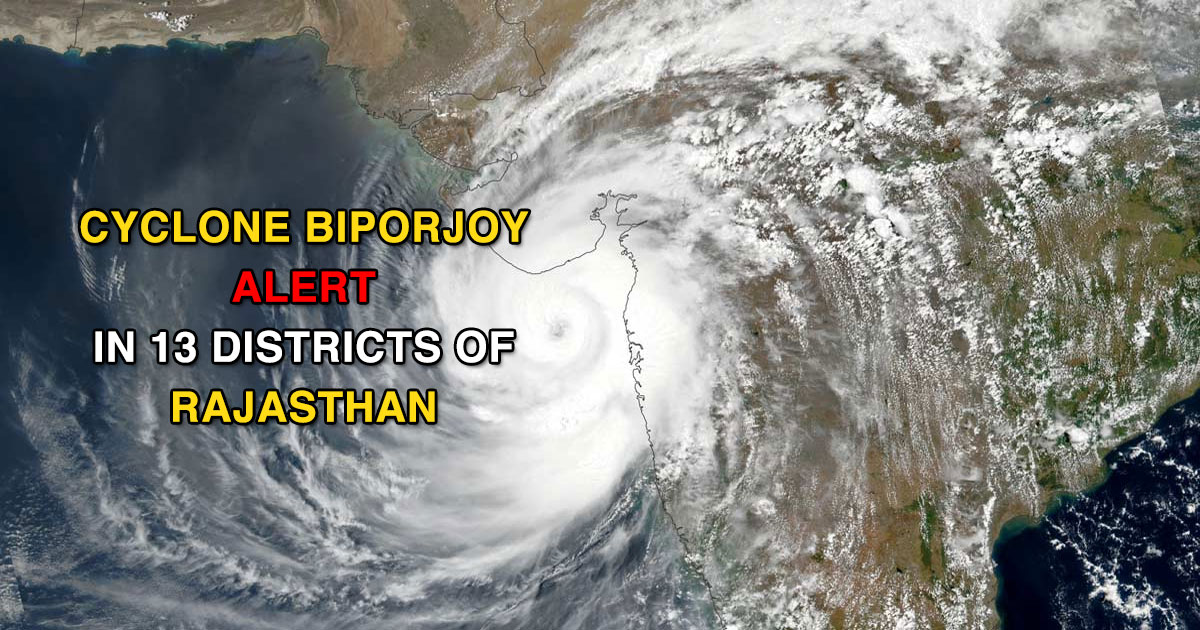





Disclaimer: Copyright infringement not intended.
Context: Global warming has caused increased cyclone activity in the Arabian Sea, leading to the need for improved forecasting methods.
Details: The India Meteorological Department (IMD) has generally been accurate in forecasting cyclones in India. However, data suggests that forecasting the trajectory of cyclones originating in the Arabian Sea is more challenging than those in the Bay of Bengal. Global warming has led to increased cyclone activity in the Arabian Sea, necessitating improved forecasting methods.
Arabian Sea Cyclone Forecasting Challenges:
a) Time Delay in Forecasting: IMD takes more time to accurately forecast the trajectory of cyclones in the Arabian Sea compared to those in the Bay of Bengal.
b) Heating of the Arabian Sea: Global warming has caused the Arabian Sea to heat up more than average, leading to the formation of stronger cyclones like Biparjoy.
Recent Example: The IMD initially predicted Biparjoy to move away from the Gujarat coast, but it changed its forecast four days before landfall.
Bay of Bengal Cyclone Forecasting Success:
Factors Influencing Arabian Sea Cyclone Forecasting:
a) Steering Winds and Heat: Steering winds in the upper atmosphere and heat within ocean layers influence cyclone direction, strength, and duration.
b) Challenges in Capturing Wind Patterns: IMD models sometimes struggle to fully capture the wind component, making it difficult to predict cyclone paths accurately.
c) Unique Factors in the Arabian Sea: Deeper warm water layers in the Arabian Sea, up to 40 meters, affect cyclone intensity and movement. These factors are often not well-captured in prediction models.
1.Improving Forecasting Methods:
2.Increasing Arabian Sea Cyclone Activity:
3.Conclusion:
|
PRACTICE QUESTION Q) Discuss the importance of Early Warning System in Disaster Risk management, preparedness and mitigation. (200 words) |










© 2025 iasgyan. All right reserved